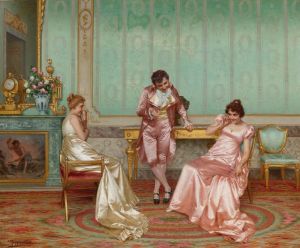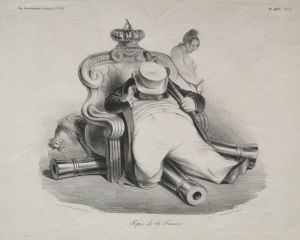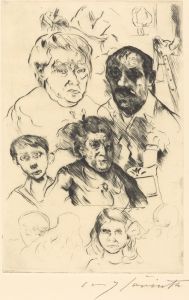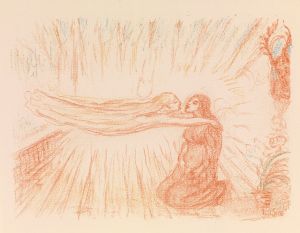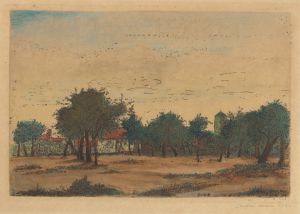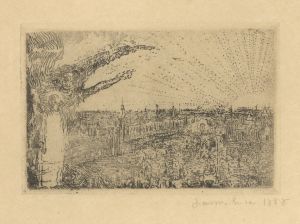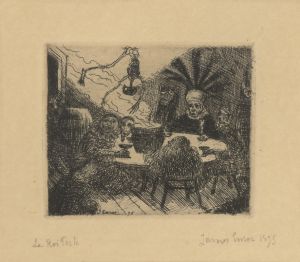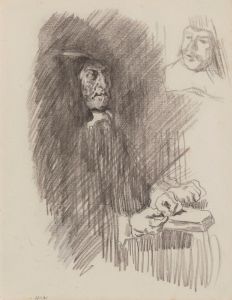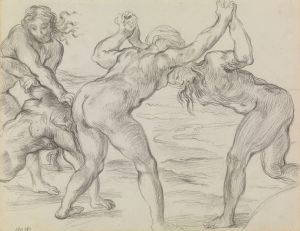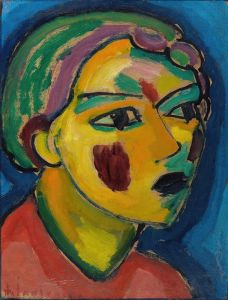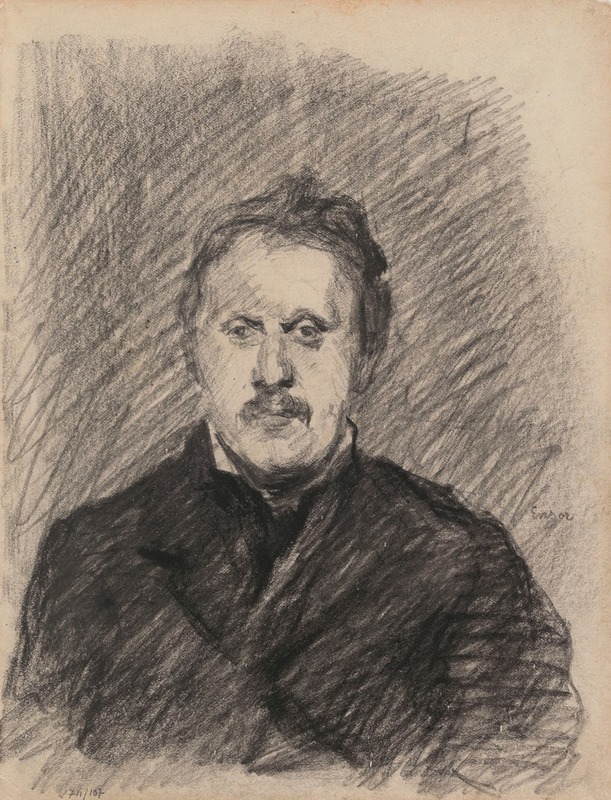
Portrait of a Man
A hand-painted replica of James Ensor’s masterpiece Portrait of a Man, meticulously crafted by professional artists to capture the true essence of the original. Each piece is created with museum-quality canvas and rare mineral pigments, carefully painted by experienced artists with delicate brushstrokes and rich, layered colors to perfectly recreate the texture of the original artwork. Unlike machine-printed reproductions, this hand-painted version brings the painting to life, infused with the artist’s emotions and skill in every stroke. Whether for personal collection or home decoration, it instantly elevates the artistic atmosphere of any space.
"Portrait of a Man" is a painting by the renowned Belgian artist James Ensor, who is celebrated for his unique and often avant-garde contributions to the world of art. Ensor was born in 1860 in Ostend, Belgium, and he spent most of his life there, drawing inspiration from the coastal town's vibrant atmosphere and its array of characters. His work is often associated with the Symbolist movement, and he is known for his innovative use of color and light, as well as his exploration of themes such as death, masks, and the grotesque.
James Ensor's "Portrait of a Man" is a testament to his skill in capturing the essence of his subjects with a distinctive style that combines realism with a touch of the surreal. While specific details about the painting's creation, such as the exact date and the identity of the sitter, are not well-documented, the work is consistent with Ensor's broader oeuvre, which often features figures rendered with expressive brushwork and a keen attention to detail.
Ensor's portraits are notable for their psychological depth, and "Portrait of a Man" is no exception. The painting likely reflects Ensor's interest in the human condition, a recurring theme in his work. His portraits often go beyond mere likeness to explore the inner life of his subjects, capturing their emotions and personalities with a nuanced approach.
The composition of "Portrait of a Man" is typical of Ensor's style, characterized by a bold use of color and a dynamic interplay of light and shadow. Ensor was known for his ability to convey mood and atmosphere through his choice of palette, often employing vibrant and sometimes unexpected colors to bring his subjects to life. This approach can be seen in "Portrait of a Man," where the use of color adds a layer of complexity and intrigue to the depiction.
Ensor's work was influential in the development of modern art, and his portraits, including "Portrait of a Man," contributed to his reputation as a pioneering artist. His ability to blend traditional techniques with innovative ideas helped pave the way for future generations of artists. Ensor's influence can be seen in the works of later artists who embraced similar themes and stylistic elements.
Throughout his career, Ensor remained committed to exploring the boundaries of art, and his portraits are a significant part of his legacy. "Portrait of a Man" exemplifies his dedication to capturing the human spirit in all its complexity, making it a valuable piece within his body of work.
In summary, while specific details about "Portrait of a Man" may be limited, the painting is an important example of James Ensor's artistic vision and his contribution to the art world. His innovative approach to portraiture and his exploration of the human condition continue to resonate with audiences today, ensuring his place as a significant figure in the history of art.





